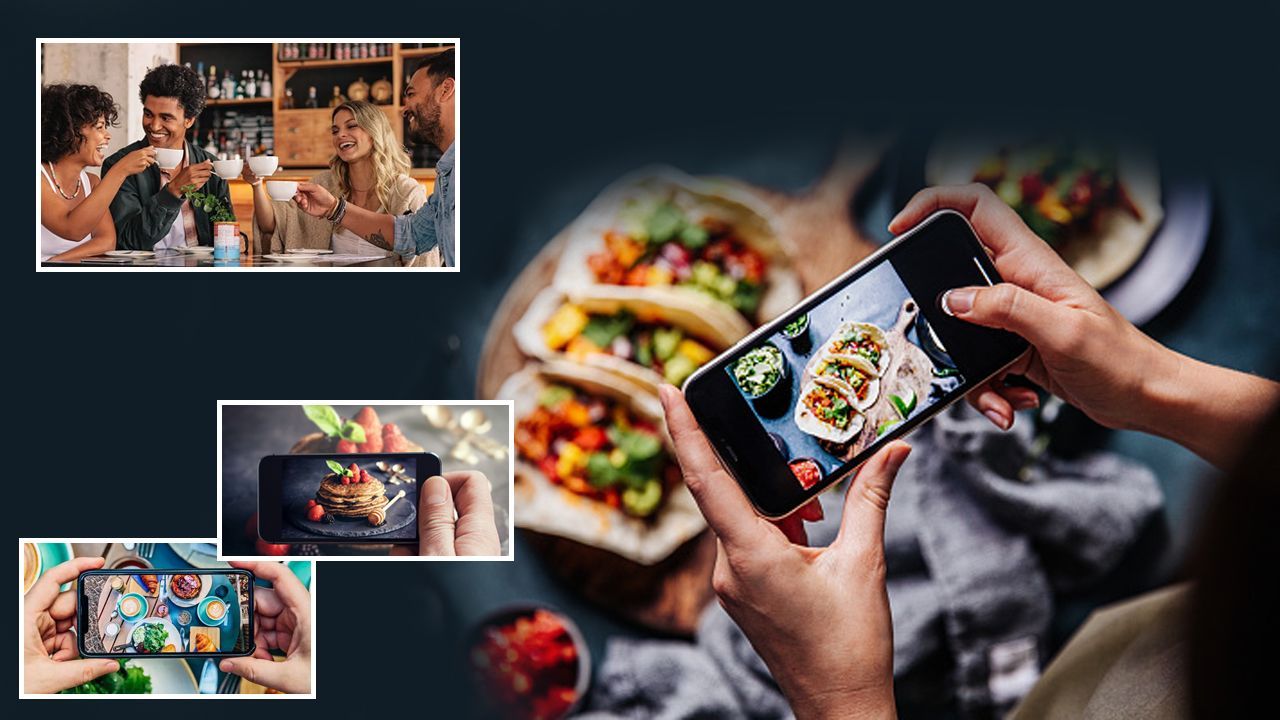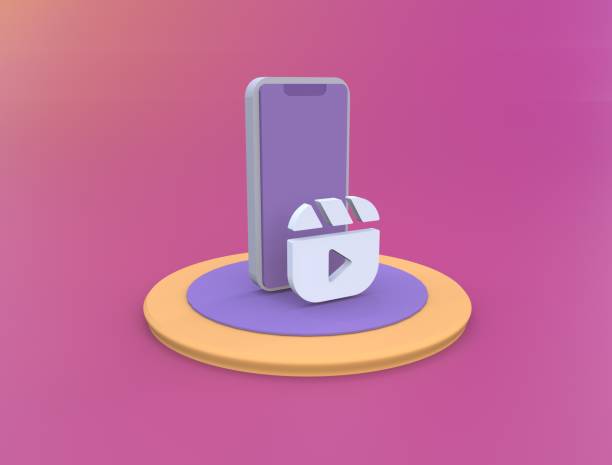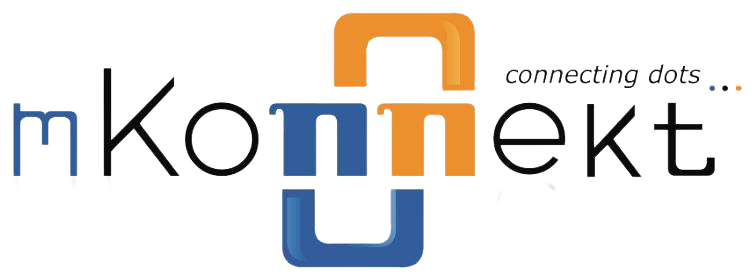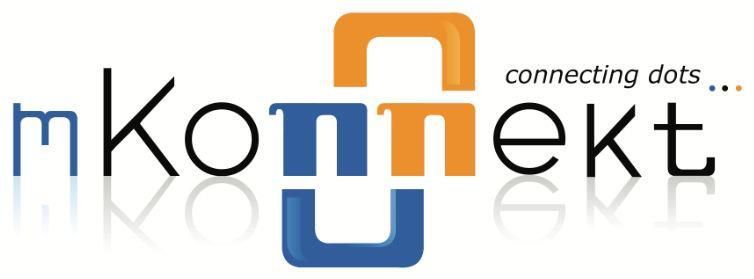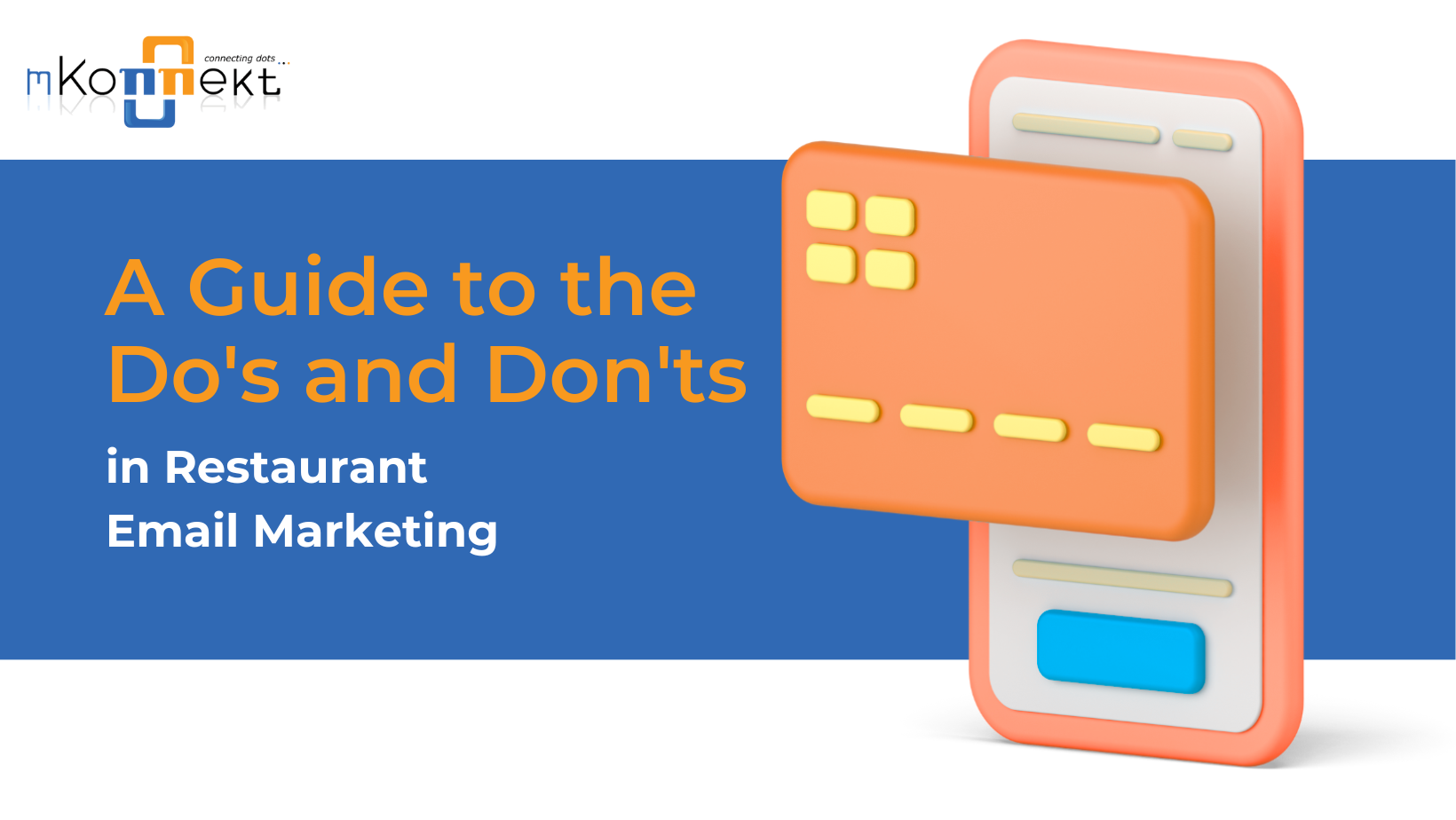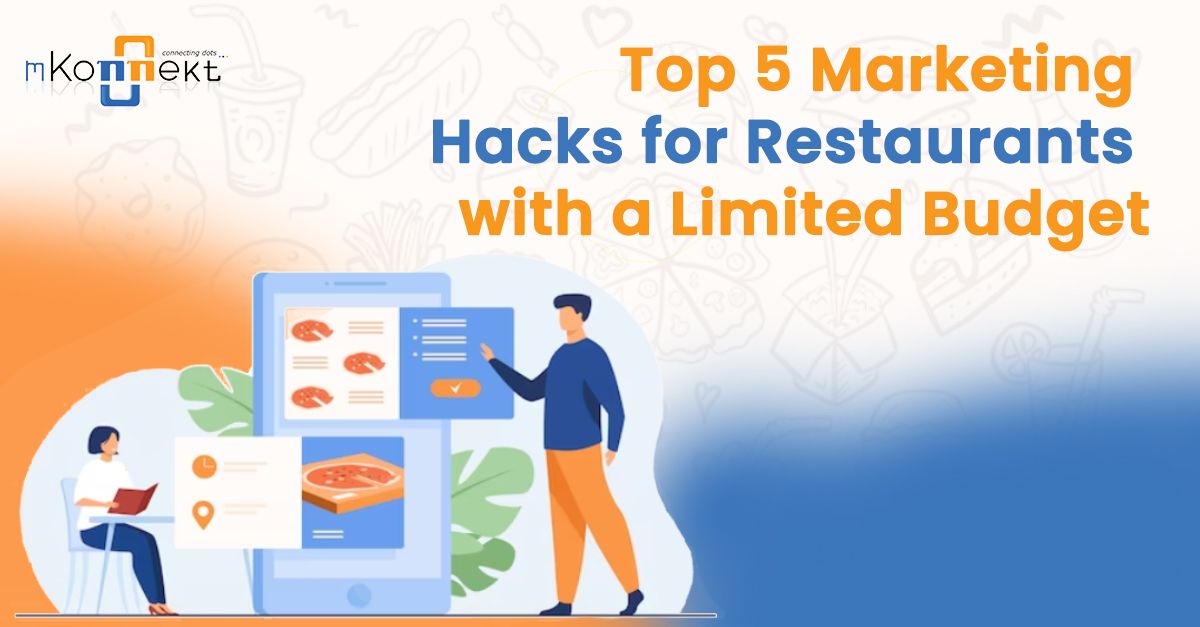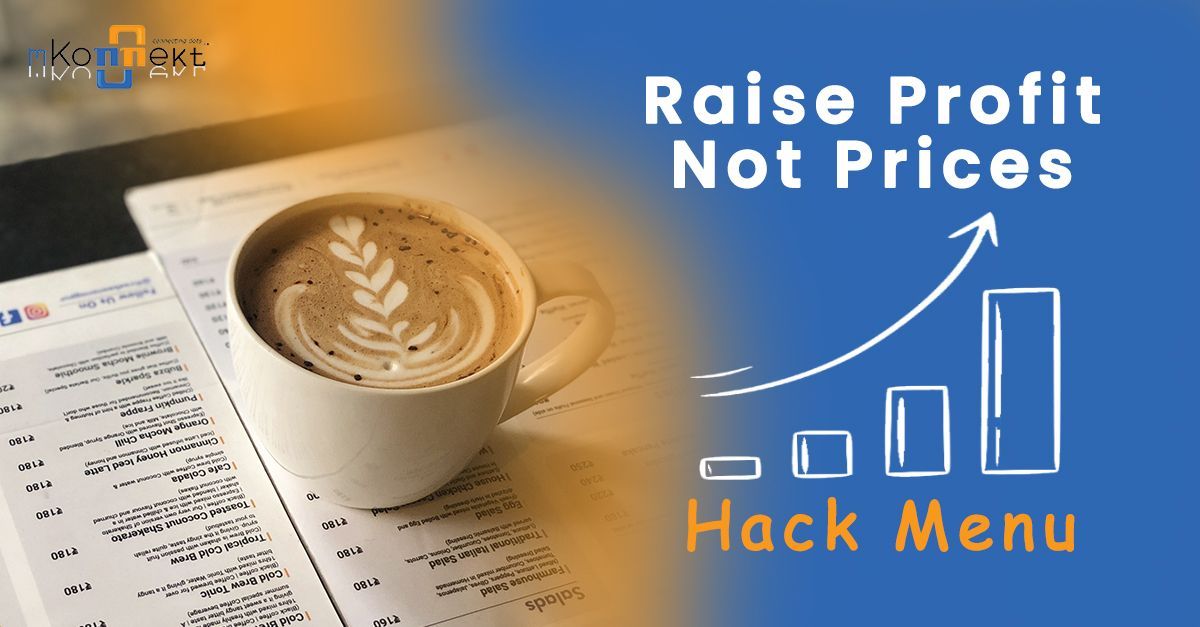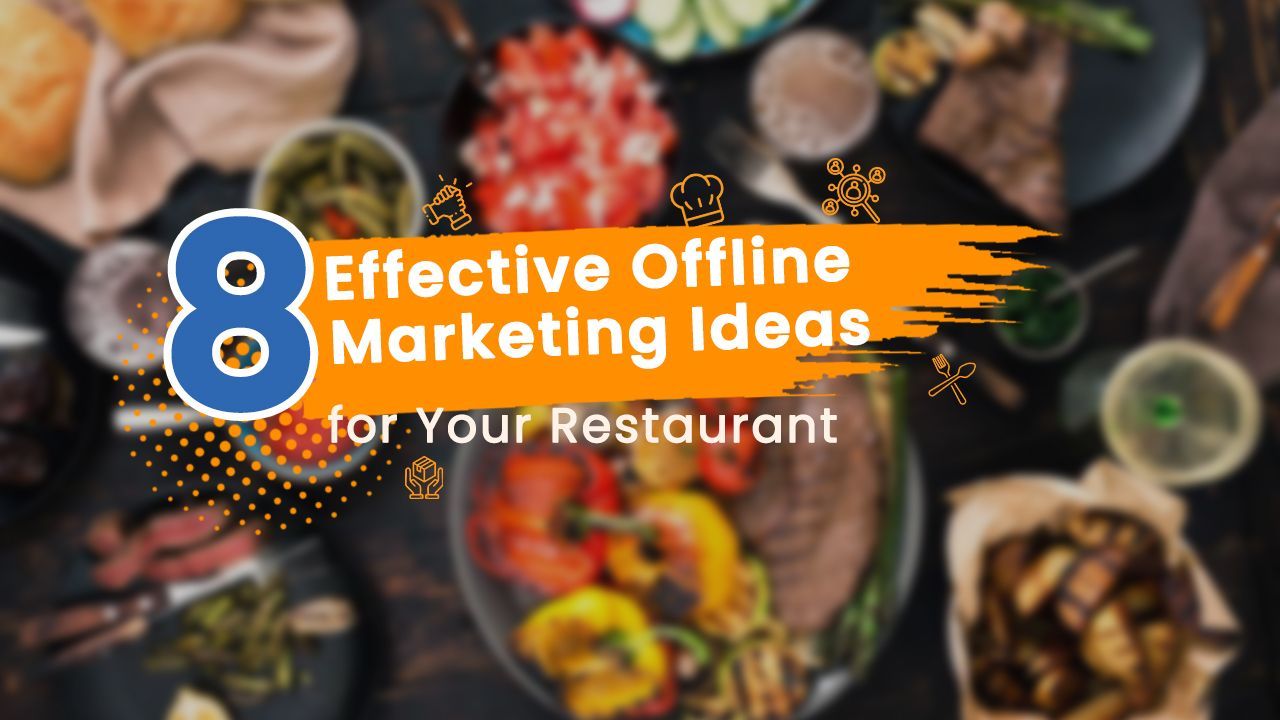7 Strategies To Boost Your Restaurants Sales With Data-Driven Marketing

Data is no longer an option; it is a requirement. Data is used in almost every industry, and the restaurant industry is no exception. The days of restaurant proprietors seeing this as a day-to-day business are long gone. Considering sales based on the number of feet that landed today, with no notion if they will return. Gone are the days when we couldn't predict restaurant sales and had to rely on what we sold at the time. Gone are the days when we didn't know how much inventory we'd need in the future and had to rely on how much we utilised today.
GONE ARE THOSE DAYS.
Enter- Data.
Consider this- Organizations that are data-driven are 23 times more likely to acquire than their less agile counterparts. That means data is something, right?
Let's be clear: only those restaurants will survive who are able to collect and, more crucially, exploit critical consumer data.
After you've gathered vital customer information, it's time to devise strategies for increasing restaurant sales with this information. Here in this article, we have come up with 7 strategies to boost your restaurant sales with data-driven marketing.
Understand And Segment Your Audience
With so much data at your disposal, you can figure out the characteristics of a typical restaurant patron and learn about their background, style, and personal preferences, among other things. Interaction with your visitors on social media, online ordering habits, phone conversations, and customer feedback, among other things, provides you with a lot of data on client behavior. Begin segmenting your audience and developing marketing initiatives that will specifically target them.
For example, if you notice a customer who does not order tacos on Tuesday, send them an email or a text message reminding them that you have a taco Tuesday at your establishment. Alternatively, if a customer never gets wings with their pizzas, inform them that you have a lunch special where they may have pizzas, wings, and a beverage for a cheap price.
Manage Your Restaurant Inventory
Inventory management is a critical component of every restaurant, and it becomes increasingly difficult to manage without effective tracking and reporting.
You can better adapt your ordering cycles and ensure you have the proper amount of inventory at the right time by using data to better understand cooking and ordering behaviors. You really don’t want to overstock and run out of stock because either can cost you a lot of money.
Boost Customer Loyalty
Do you aware that attracting a new customer costs five times as much as keeping an existing one? As a result, rather than chasing after newer clients, concentrate on your existing customers. It's all about loyalty in the restaurant industry!
Manage Labor Costs
You need to know how much you're paying your employees. When you combine sales data from your POS with scheduling software, you can determine when you have too many cooks in the kitchen. However, delving a bit deeper can reveal missed profits. Are your tables turning too slowly because you're short-staffed during a particularly busy time of week? As a result, you should take use of the platform to objectively monitor employee performance and determine who is meeting your professional expectations.
Menu Management
It's not always the case that the most popular dish is also the most profitable. There may be times when a large number of customers order a particular item on your menu, but none of them return for more. Big data may help you find the worst and best products on your menu, as well as dishes that need to be promoted or discounted on a regular basis. Aside from that, you can compare visitors' preferences based on time of day or week to create a highly tailored menu.
Improve Upon Guest Experience
It's a lot easier to improve the visitor experience when you have a lot of data on your customers on hand. When visitors enter a restaurant, they are anticipating more than just the food; they are anticipating the entire experience in order to return. As a result, depending on your experiences with and research into your clients, strive to give the finest experience possible.
Sales Forecasting
When you keep a constant watch on your audience (through social media, feedback mechanisms, etc. ), which is the essence of marketing, you learn about what's new in the marketing world. That is to say, eating habits, what's "in" these days, and so on. This aids in the forecasting of sales. Using big data to forecast business will assist you with all aspects of organization and planning, ensuring that no unpleasant surprises arise.
Wrap Up
Finding the perfect marketing strategy for your restaurant can be challenging, but having the right facts and stats to help you along the way can make it a lot easier. Tracking and utilizing these crucial data points will help you better adjust and prepare, giving you more control over your strategic growth.
